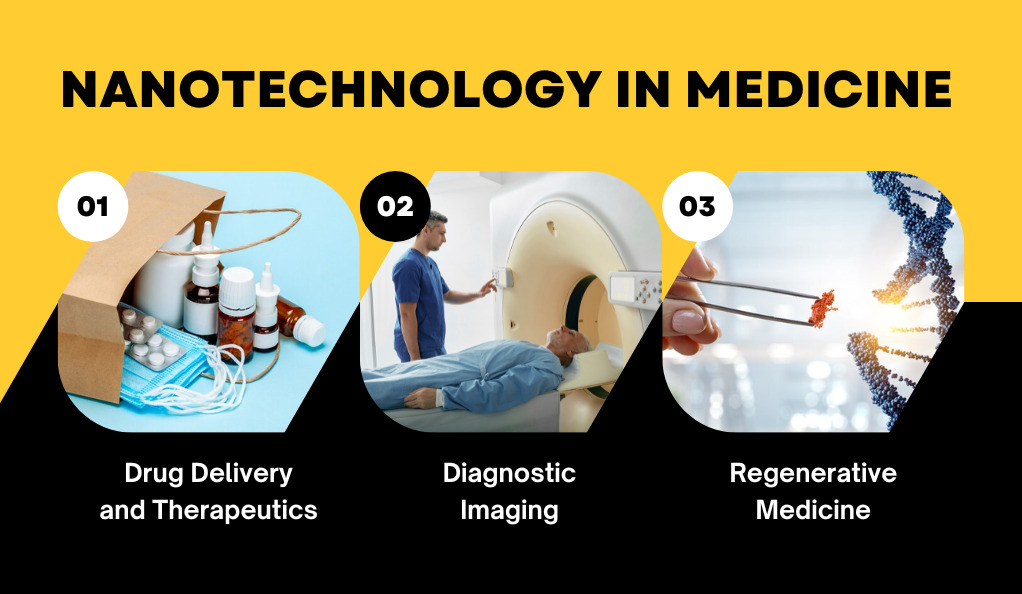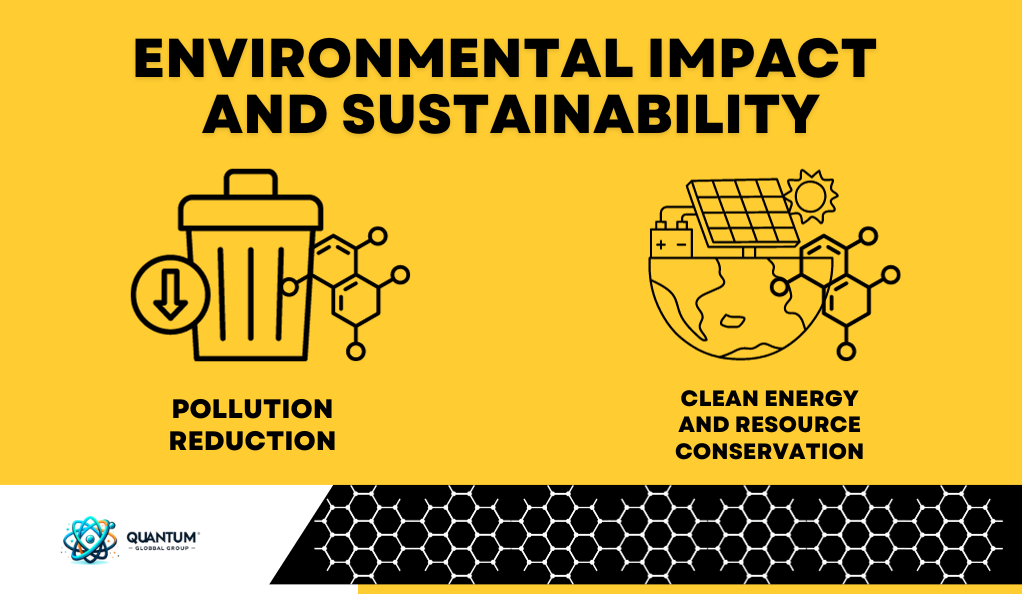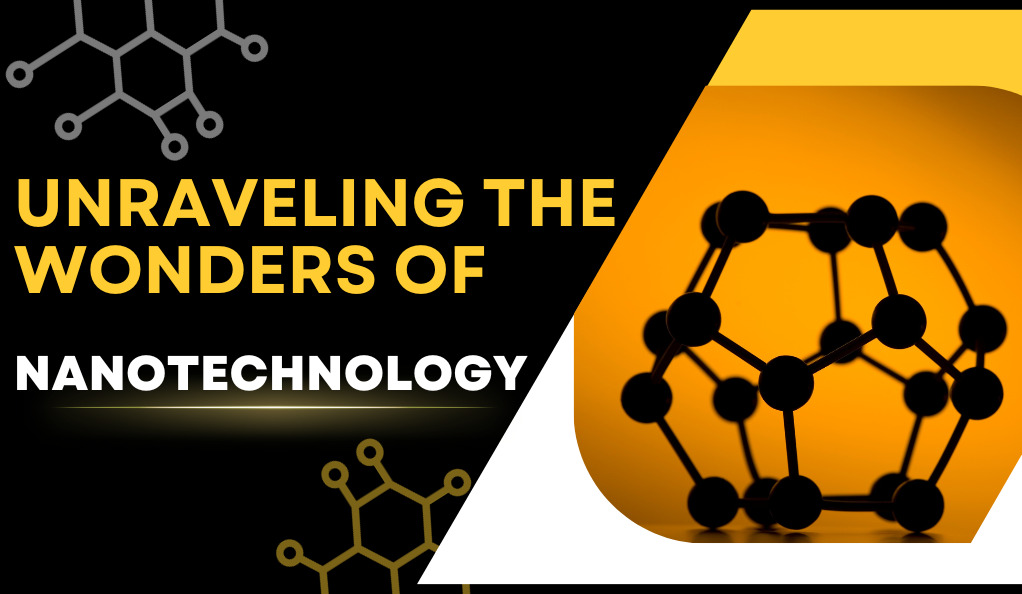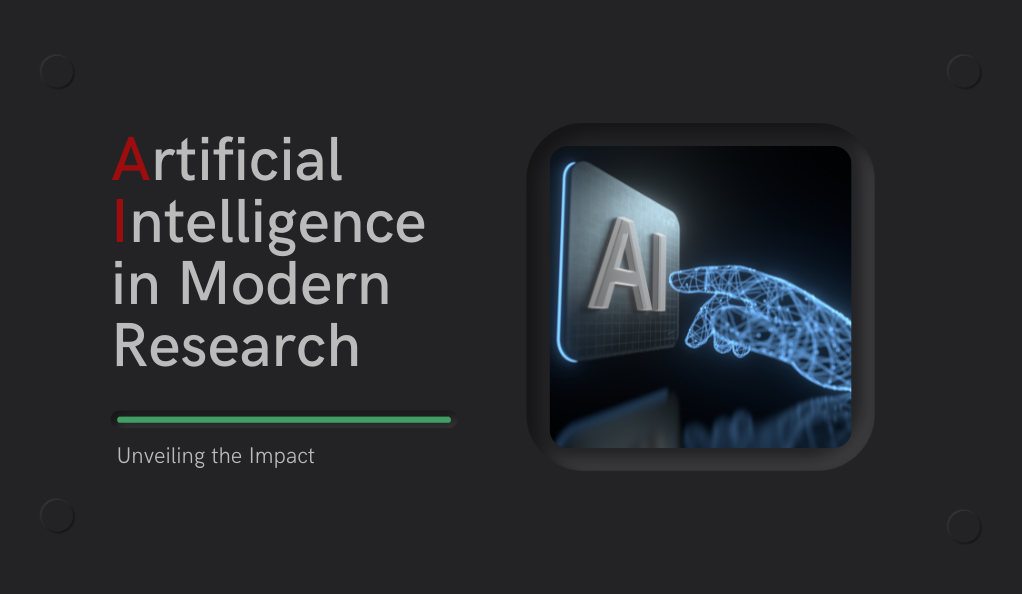Nanotechnology, often referred to as nanotech, is a multidisciplinary field that manipulates matter at the nanometer scale, where unique phenomena enable novel applications. Encompassing the science, engineering, and application of materials and devices with structures, properties, and performance characteristics that emerge at the length scale of approximately 1 to 100 nanometers, nanotechnology is a testament to human ingenuity and the quest for innovation.
A Brief History and Evolution
The concept of nanotechnology was first introduced by physicist Richard Feynman in his famous 1959 lecture, “There’s Plenty of Room at the Bottom,” where he envisioned the manipulation of individual atoms and molecules. However, it wasn’t until the invention of the scanning tunneling microscope in 1981 that scientists could observe and manipulate individual atoms, marking the true birth of nanotechnology.
Over the decades, nanotechnology has evolved from a speculative science into a reality, with applications across various industries. Today, it stands at the forefront of scientific research, with ongoing developments that continue to push the boundaries of what is possible.
Understanding the Nanoscale
The nanoscale refers to sizes between 1 and 100 nanometers (1 nanometer = 1 billionth of a meter). At this scale, the properties of materials can be vastly different from those at the macro scale. For instance, materials can exhibit enhanced strength, lighter weight, and better electrical conductivity.
| Property | Macro Scale | Nano Scale |
|---|---|---|
| Strength | Standard | Enhanced |
| Weight | Heavier | Lighter |
| Conductivity | Lower | Higher |
Why Nanotechnology is Unique
Nanotechnology is unique because it allows for the manipulation of materials at the atomic or molecular level. This precision enables the creation of novel materials and devices with enhanced properties and functionalities. It bridges the gap between the smallest of particles and the larger world we interact with daily, providing a platform for innovation across various fields including medicine, electronics, energy, and materials science.
Nanotechnology in Medicine

Nanomedicine, the application of nanotechnology in the field of medicine, is creating a paradigm shift in healthcare, offering innovative solutions for diagnosis, treatment, and prevention. The unique properties of nanomaterials enable targeted drug delivery, improved imaging techniques, and the development of novel therapeutic agents.
1. Drug Delivery and Therapeutics
Drug delivery stands out as a highly promising application of nanotechnology in medicine. Engineers can design nanoparticles to transport therapeutic agents straight to the affected cells, ensuring minimal harm to healthy tissues and boosting treatment effectiveness. Liposomes, which are nanoscale lipid bilayers, serve as an example; they deliver chemotherapy drugs more precisely, thereby diminishing side effects and bettering patient results.
2. Diagnostic Imaging
Nanotechnology significantly enhances diagnostic imaging by enabling the design of nanoparticles that amplify the contrast in MRI and CT scans, yielding sharper and more intricate images. For example, gold nanoparticles enhance imaging sensitivity, which assists in detecting diseases at their early stages.
3. Regenerative Medicine
Nanotechnology contributes to regenerative medicine by crafting materials that replicate cells’ natural surroundings, fostering tissue repair and regeneration. In applications like wound dressings and scaffolds, nanofibers and nanoparticles expedite healing and diminish scarring.
Nanotechnology in Electronics
The field of electronics has been significantly transformed by nanotechnology, leading to the development of faster, smaller, and more efficient devices. Nanomaterials are integral in the production of transistors, batteries, and displays, pushing the limits of what is possible in electronic design.
- Nanoelectronics and Transistors
Nanotechnology has enabled the miniaturization of transistors, the fundamental building blocks of electronic devices.
Carbon nanotubes and graphene enable the production of nanoscale transistors, leading to quicker processing speeds and lower power usage.
- Energy Storage and Batteries
In energy storage, nanotechnology is used to improve the performance of batteries and capacitors. Nanomaterials such as nanowires and nanoparticles increase the surface area of electrodes, enhancing the storage capacity and charging speed of batteries.
- Displays and Sensors
Nanotechnology has also led to advancements in display technology and sensors. Quantum dots, nanoscale semiconductor particles, are used in displays to produce vibrant colors and improve energy efficiency. Nanosensors, on the other hand, are used in various applications from environmental monitoring to medical diagnostics, offering enhanced sensitivity and specificity.
Through these applications, nanotechnology is not only enhancing existing electronic devices but also paving the way for the development of innovative technologies that were once thought to be impossible.
Nanomaterials and Their Properties
Nanomaterials are at the heart of nanotechnology, exhibiting unique properties that set them apart from their bulk counterparts. These materials, ranging from nanoparticles and nanocomposites to nanotubes and nanowires, demonstrate enhanced mechanical, electrical, and optical properties.
Types of Nanomaterials
- Nanoparticles: Particles with dimensions in the nanometer range, used in various applications including medicine, electronics, and materials science.
- Nanocomposites: Materials composed of a matrix and nanoscale reinforcements, resulting in improved strength, durability, and functionality.
- Nanotubes: Cylindrical structures with nanometer diameters, known for their strength and electrical conductivity, used in materials reinforcement and electronics.
- Nanowires: Wire-like structures with diameters in the nanometer range, used in electronics and sensing applications.
Harnessing Unique Properties
The size, shape, and surface characteristics of nanomaterials dictate their properties. The substantial increase in the surface area to volume ratio at the nanoscale results in greater reactivity and strength. Moreover, quantum effects come to the forefront, altering the materials’ optical, electrical, and magnetic properties.
- Enhanced Strength: Nanocomposites bolster materials, providing them with superior strength and durability, which proves essential in industries such as aerospace, automotive, and construction.
- Improved Electrical Conductivity: Nanotubes and nanowires enhance device performance in electronics by forming conductive pathways, leading to improved electrical conductivity.
- Unique Optical Properties: Nanoparticles exhibit size-dependent optical properties, used in imaging, sensing, and phototherapy applications.
Ethical Considerations and Safety
As nanotechnology continues to advance, it is imperative to address the ethical implications and safety concerns associated with its applications. The manipulation of matter at the nanoscale raises questions about potential risks to human health and the environment.
Ethical Implications
Developing nanotechnology requires meticulous attention to ethical concerns, encompassing privacy, security, and the possibility of misuse. The capability to produce materials and devices with unique properties also brings up issues of equity and access, highlighting the need for a fair distribution of nanotechnology’s benefits.
Safety and Risk Assessment
The small size and high reactivity of nanomaterials pose potential risks to human health and the environment. Research is ongoing to understand the toxicity and long-term effects of nanomaterials, leading to the development of guidelines and regulations to ensure safe practices.
- Human Health: Researchers are actively evaluating the potential risks associated with nanomaterial exposure, especially in workplaces and via consumer products.
- Environmental Impact: The release of nanomaterials into the environment is a concern, necessitating research into their behavior, persistence, and potential effects on ecosystems.
Environmental Impact and Sustainability

Nanotechnology holds the potential to contribute to environmental sustainability, offering solutions for pollution reduction, clean energy, and resource conservation. However, it is crucial to balance the benefits with potential environmental impacts.
Pollution Reduction
Nanomaterials actively participate in pollution control and remediation, either disintegrating pollutants at the molecular level or seizing them for elimination. In industrial processes, nanocatalysts work to cut down emissions and heighten efficiency.
Clean Energy and Resource Conservation
Nanotechnology plays a role in the development of renewable energy sources and the enhancement of energy storage devices. Nanomaterials enhance solar cell efficiency and boost energy density in batteries, while also speeding up charging times. Furthermore, nanotechnology plays a crucial role in water treatment and filtration, ensuring resource conservation and providing access to clean water.
The Future of Nanotechnology
The journey of nanotechnology is far from over; in fact, it is poised to continue its transformative impact across various sectors. With ongoing research and development, the future holds promising advancements and novel applications that could further revolutionize industries and improve quality of life.
- Advancements in Medicine
In the realm of medicine, nanotechnology is expected to play a pivotal role in personalized medicine, enabling treatments tailored to individual genetic profiles. Innovations in drug delivery systems could lead to more effective therapies with minimal side effects. Additionally, the integration of nanodevices and biosensors could enhance diagnostic capabilities and real-time monitoring of patient health. - Innovations in Electronics and Computing
The electronics industry is set to benefit from the continued miniaturization and enhancement of components through nanotechnology. Quantum dots and nanomaterials will contribute to the development of more vibrant displays, faster processors, and more efficient energy storage. Furthermore, nanotechnology could play a crucial role in the advancement of quantum computing, unlocking new possibilities in computing power and speed. - Sustainable Solutions and Environmental Impact
Nanotechnology is also expected to contribute significantly to sustainability and environmental protection. Nanomaterials will be instrumental in developing cleaner energy sources, improving energy efficiency, and reducing waste. Innovations in water purification and air quality management are also anticipated, contributing to a cleaner and healthier environment. - Challenges and Areas of Focus
Despite its potential, the future of nanotechnology is not without challenges. Ethical considerations, safety concerns, and potential environmental impacts must be addressed to ensure responsible development. Continued research and transparent dialogue are essential to navigate these challenges and unlock the full potential of nanotechnology.
Conclusion
Nanotechnology stands as a testament to human innovation, bridging the gap between the atomic world and the macroscopic world we interact with daily. Its applications in medicine, electronics, and sustainability demonstrate its transformative potential, offering solutions to some of the most pressing challenges of our time.
As we look to the future, the continued exploration and responsible development of nanotechnology will be crucial. By addressing ethical considerations, ensuring safety, and mitigating environmental impacts, we can harness the full power of this tiny revolution, unlocking new possibilities and paving the way for a brighter, more sustainable future.
In embracing the wonders of nanotechnology, we open the door to a world of innovation, discovery, and endless possibilities, ensuring a legacy of progress and positive impact for generations to come.




